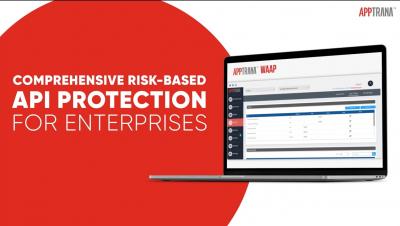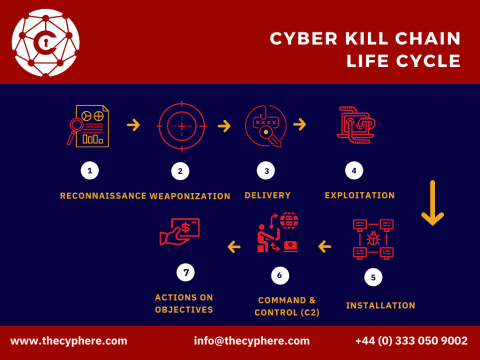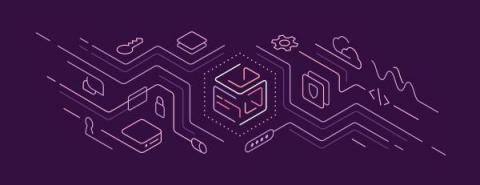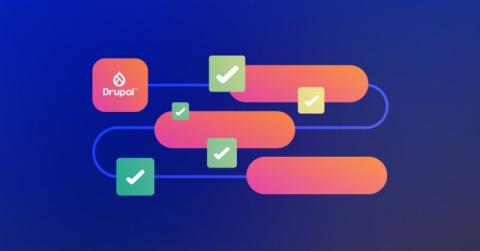Security | Threat Detection | Cyberattacks | DevSecOps | Compliance
Security
Financial Services Software Has Fewer Security Flaws Than Most Industries
SharePoint Online Security - Best Practice Guide for MSPs
Establishing a mobile device vulnerability management program
The introduction of mobile devices has rapidly changed the world as we know it, as these small gadgets that are intended to fit into the palm of our hands rapidly gained dominance over our day-to-day activities. Thanks to these portable devices, we now have access to an abundance of information available to us on demand with minimal effort.
What is Lateral Movement in cyber security? Different ways to prevent it
Lateral movement refers to the techniques that a cyber attacker uses. Once getting access to a corporate network, the attackers don’t stop there. They move around throughout the entire network, owning more computers and user accounts while exfiltrating data at the same time. They escalate their privileges to gain access to higher permissions and eventually access more confidential, critical and sensitive data.
GitOps and Shift Left Security: The Changing Landscape of DevSecOps
Application developers have always had a tricky balance to maintain between speed and security, two requirements that may often feel at odds with each other. Practices that increase speed also pressure development teams to ensure that vulnerable code is identified and remediated without slowing development. As companies embrace digital transformation initiatives, the need to weave better security into developers’ workflows has only grown clearer.
Shift left: How developers can take ownership of security
In a perfect world, software developers would not only have an innate understanding of security but be able to create bulletproof code from the get-go.
As the Cyber Threat Environment Escalates, How are Organizations Responding?
Globally, the cyber threat level to organizations remains high and the current situation only serves to highlight this further. To this point, any organization that has substantial gaps in its cybersecurity capabilities is operating at risk, and when the threat landscape changes, as it has now, so we become more aware of the vulnerabilities that we have carried for some time and the need for better Cyber Threat Intelligence.
SBOM 101 - All the questions you were afraid to ask Software Bill of Materials
During many recent security incidents, we hear a lot of messages about the lack of knowledge of the code dependencies, attacks to the software supply chain, Software Bill of Materials (SBOM), digital signatures, provenance, attestation, etc. The fact is, every time a new vulnerability appears in the landscape, we usually need to spend a lot of time and effort to detect the real impact on the applications and services that are running in our environment.
5 ways to secure Drupal 10
Drupal is a popular content management system (CMS) that leading corporations and government agencies use for mission-critical applications. With a supportive community of developers, robust security, multilingual support, compliance with WCAG guidelines, and ease of integration, Drupal is a go-to CMS.











